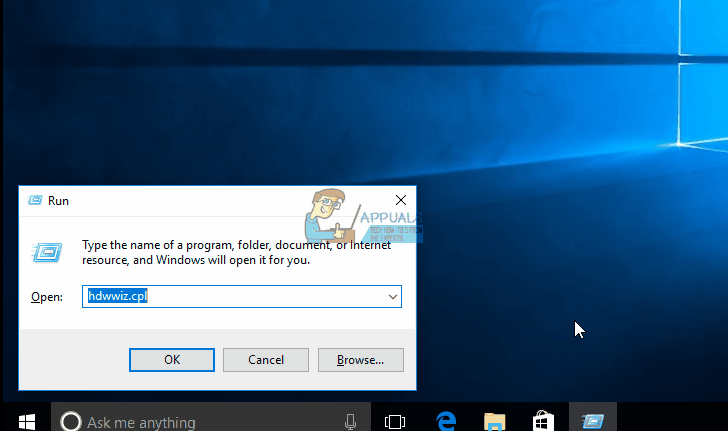
As mentioned earlier, Conexant is no longer providing any updates on the driver so you either have to connect with your PC manufacturer for the correct driver or your can download it from third-party resources. Then right click on Conexant audio device driver and select uninstall device.Īfter uninstalling Windows automatically installed driver for the Conexant sound card, it’s time to install the correct driver for the audio chipset.You need to expand it to get the installed list of drivers.On device manager window find Sound, video and game controllers.

From Start menu search for Device manager (you can type devmgmt.msc on RUN dialog box for quicker access).Since the Windows audio driver already might have taken over from Conexant audio driver, so you need to uninstall Windows audio driver. On the next popup window you need to select No and save changes.ĭisabling the automatic driver update is not enough to fix the Conexant Audio driver issue.Then click on device installation settings.The system property window will pop, make sure you are on the Hardware tab.From the menu on right hand side click on Advanced System Settings.Search for Control Panel on Start menu.You can prevent its occurrence by disabling automatic driver update on Windows. TBH Windows inbuilt driver solution is not the best, and it forcing a wrong driver installation for Conexant sound card can cause sound issues on your PC. It’s because Conexant chipsets are old-gen and usually not compatible with Windows 10 default drivers.

It’s common that Conexant audio drivers encounter trouble after Windows driver updates. Disable Automatic Driver Updates on Windows Make sure audio out is set to correct output deviceġ.



 0 kommentar(er)
0 kommentar(er)
